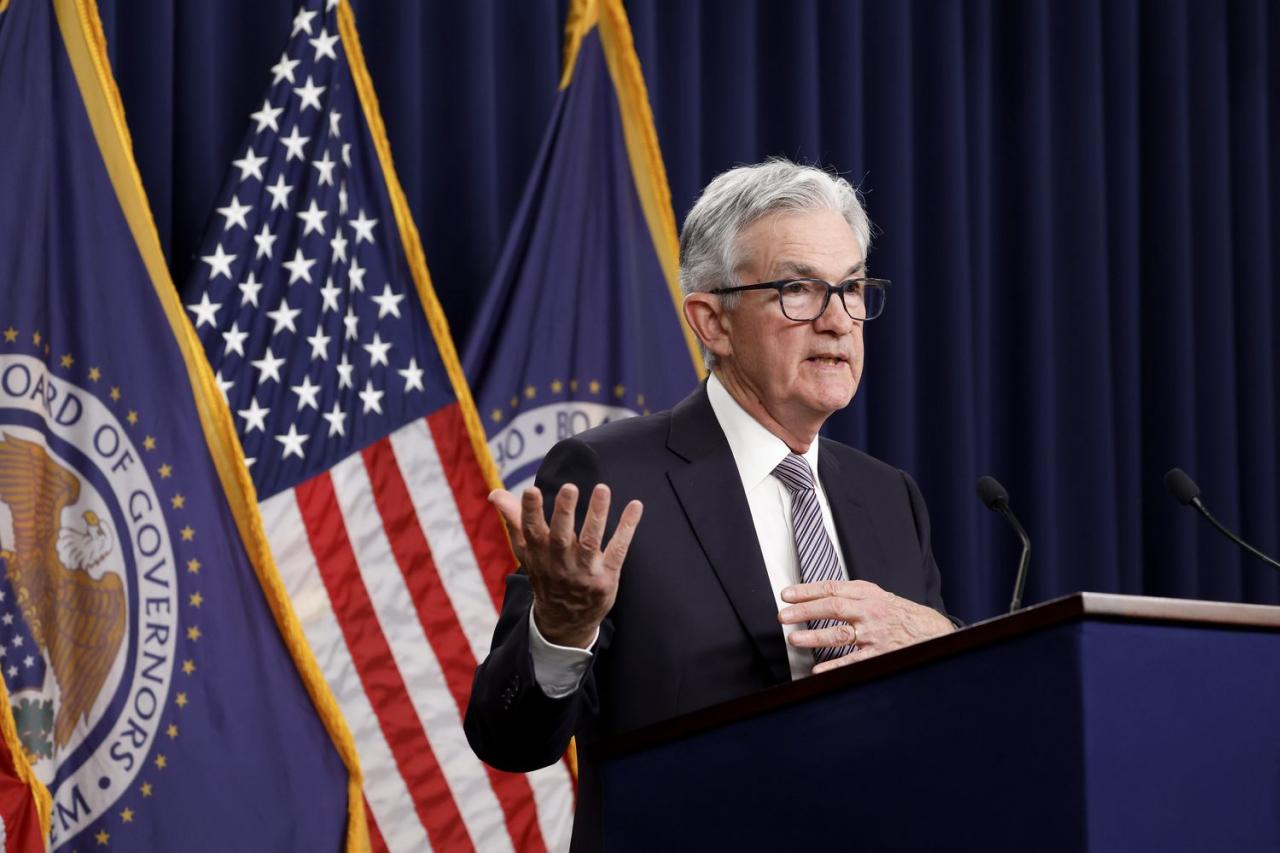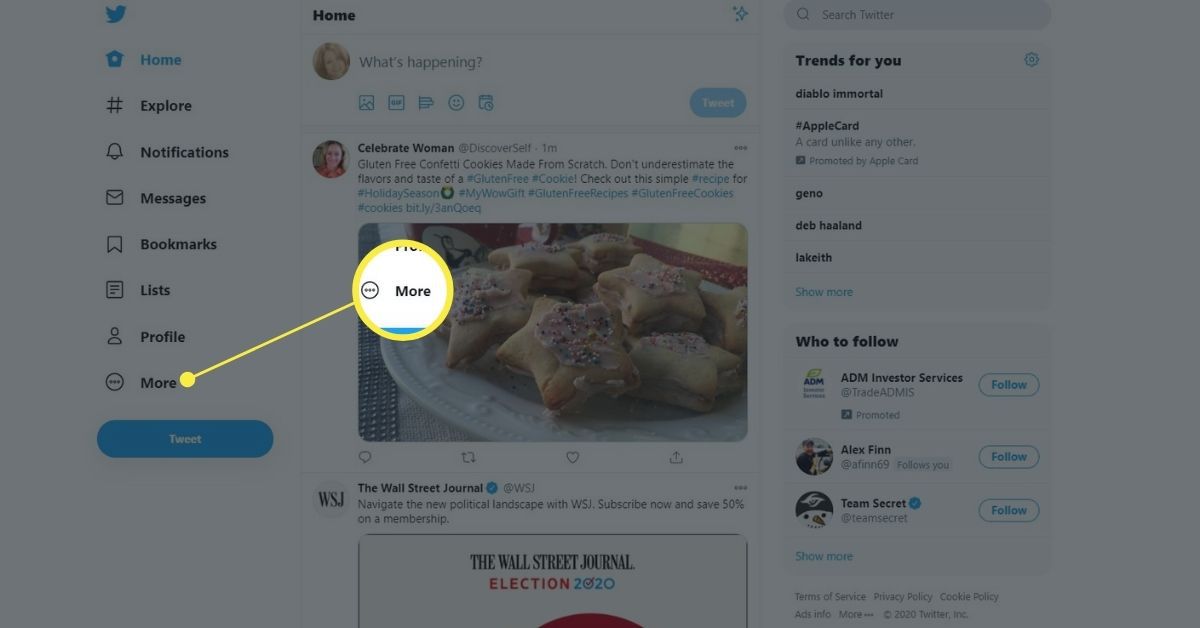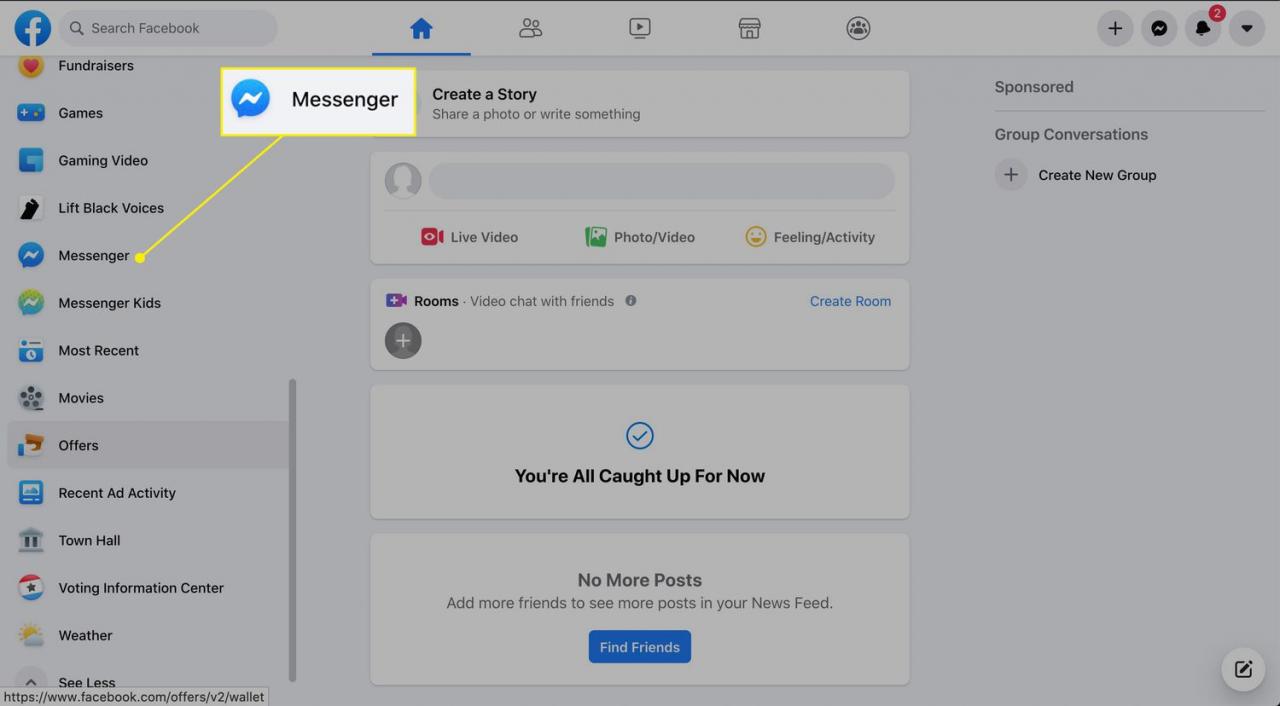
The Federal Reserve had the ability to agree to keeping rates of interest steady throughout its June 14 conference, assisted by the truth that the financial obligation ceiling crisis that gripped the country just a few weeks before had passed.
Key Takeaways
A Federal Reserve “pause” on rate of interest hikes suggests cost savings accounts should continue to draw raised yields.A debt ceiling default in June could have slowed development, possibly affecting rate of interest across the economy.Another financial obligation ceiling due date is can be found in early 2025, right after the U.S. governmental election.
One factor the Federal Reserve anticipates ongoing economic development and low joblessness is that just weeks earlier, lawmakers in Washington, D.C. prevented a default on the country’s financial obligation, an unprecedented event that would have been a prospective landmine for all aspects of the economy, even rate of interest..
The Federal Reserve kept rates of interest at the present variety of 5-5.25% Wednesday, its greatest level because 2007. The Fed funds rate influences all type of monetary instruments, consisting of rates of interest on cost savings accounts, cash market accounts and other similar products low-risk assets are likely to remain high..
Presently, the leading annual percentage yield (APY) on high-yield cost savings accounts is 5.12%, almost 13 times the Federal Deposit Insurance Corp.’s nationwide average for savings accounts of 0.4%..
How the Debt Ceiling Impacts Savings Account Interest Rates.
While the impacts of a U.S. debt default has actually been widely examined, there has actually been little published on how it might affect interest rates on savings accounts at banks and cooperative credit union.
Due to tightening conditions, interest rates on charge card, home loans, vehicle loan and other customer loans would likely rise greater if the financial obligation ceiling was breached. In the days leading up to the debt ceiling due date this year, the premiums being charged for Treasury securities developing in June shot up..
” The boost in interest rates represents a cost to taxpayers and a lack of confidence among financiers,” wrote Brookings Institute financial expert Wendy Edelberg and scientist Noadia Steinmetz-Silber.
However that does not imply that rate of interest on cost savings accounts or money market accounts will go higher too if the U.S. were to default on its debt. They ‘d likely move the other method, in fact.
If the government had actually passed the due date without an offer, it would be unable to pay its costs. That would have most likely pressed the U.S. into a recession driving down rates of interest on CDs and high yield cost savings accounts as companies, financial institutions and people weathered rough economic waters.
Another Debt Ceiling Deadline Coming in 2025.
While the most current iteration of the debt ceiling crisis has passed, that does not mean it’s disappeared. The arrangement in early June set a new debt ceiling deadline: Jan. 1, 2025. And though it might be more than a year away, the timing could supply another tense standoff that might roil the economy.
The 2025 deadline comes after the next election cycle, which might include a brand-new president and a modification in which political celebrations manage the chambers of Congress. However, the brand-new due date is prior to the newly-elected political leaders take office, potentially leaving it as much as political leaders who have lost their races or who are retiring to approve another raise in the debt ceiling.
Do you have a news pointer for Investopedia press reporters? Please email us [email protected].












